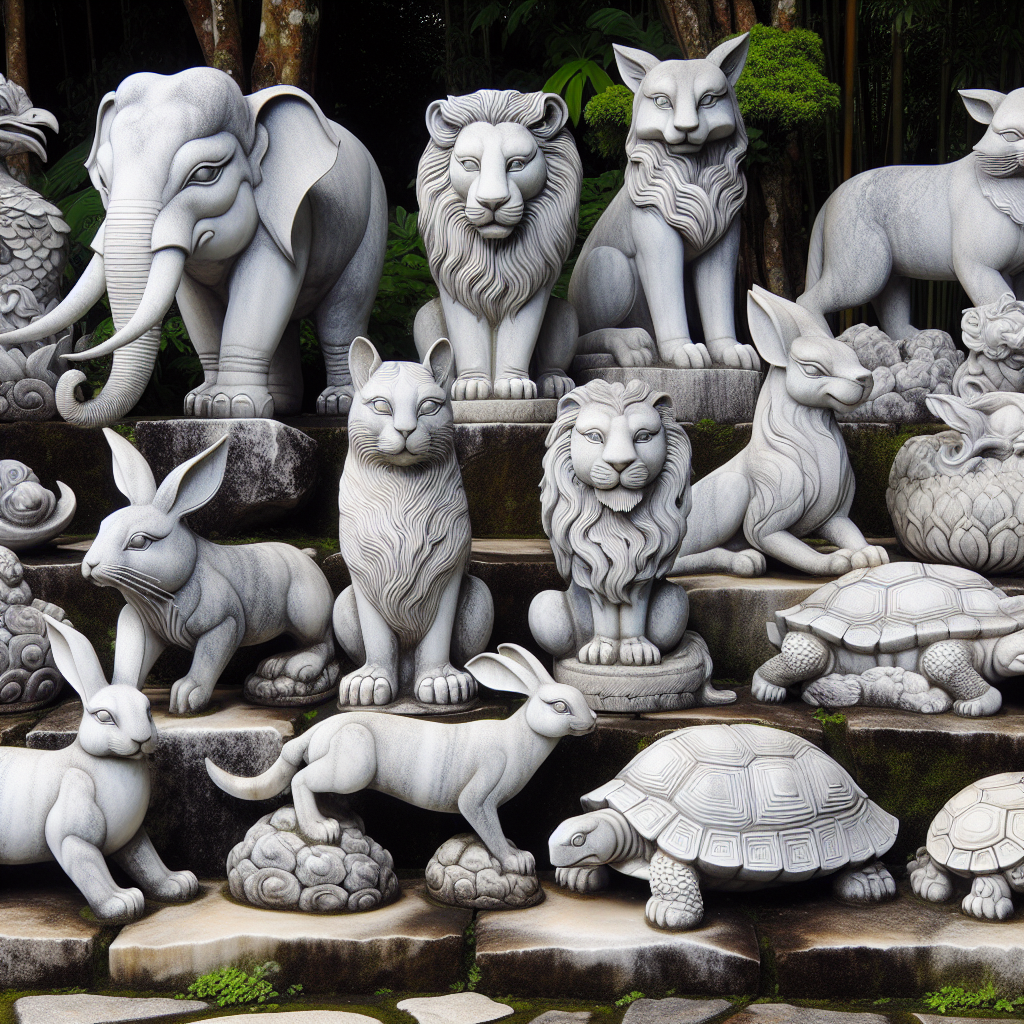Unveiling Neolithic Narratives: Carved Stone Animals of Karahantepe
Archaeologists in Turkey have unearthed carved stone figures of a fox, vulture, and wild boar from Karahantepe, revealing prehistoric storytelling methods. Dating back 11,500 years, these artifacts are the first known instance of objects arranged to convey narratives, showcasing the social and artistic prowess of Neolithic communities.

In southeastern Turkey, archaeologists have uncovered a set of intricately carved stone animals—a fox, a vulture, and a wild boar—providing fascinating insights into prehistoric storytelling practices. These artifacts, unearthed at the Karahantepe site, date back an astonishing 11,500 years.
The figurines are part of an extraordinary discovery that marks the first known example of objects being deliberately arranged to narrate a story, according to archaeologists. Each figurine's unique placement within a limestone composition is believed to reflect an early form of narrative language, marking a significant cultural shift during the Neolithic period.
The artifacts are now showcased at the Presidential Complex in Ankara, Turkey, inviting global intrigue into the storytelling and artistic achievements of ancient communities. The Karahantepe site, part of a broader Neolithic research initiative, continues to yield discoveries that redefine our understanding of early social bonds and artistic endeavors.
(With inputs from agencies.)










